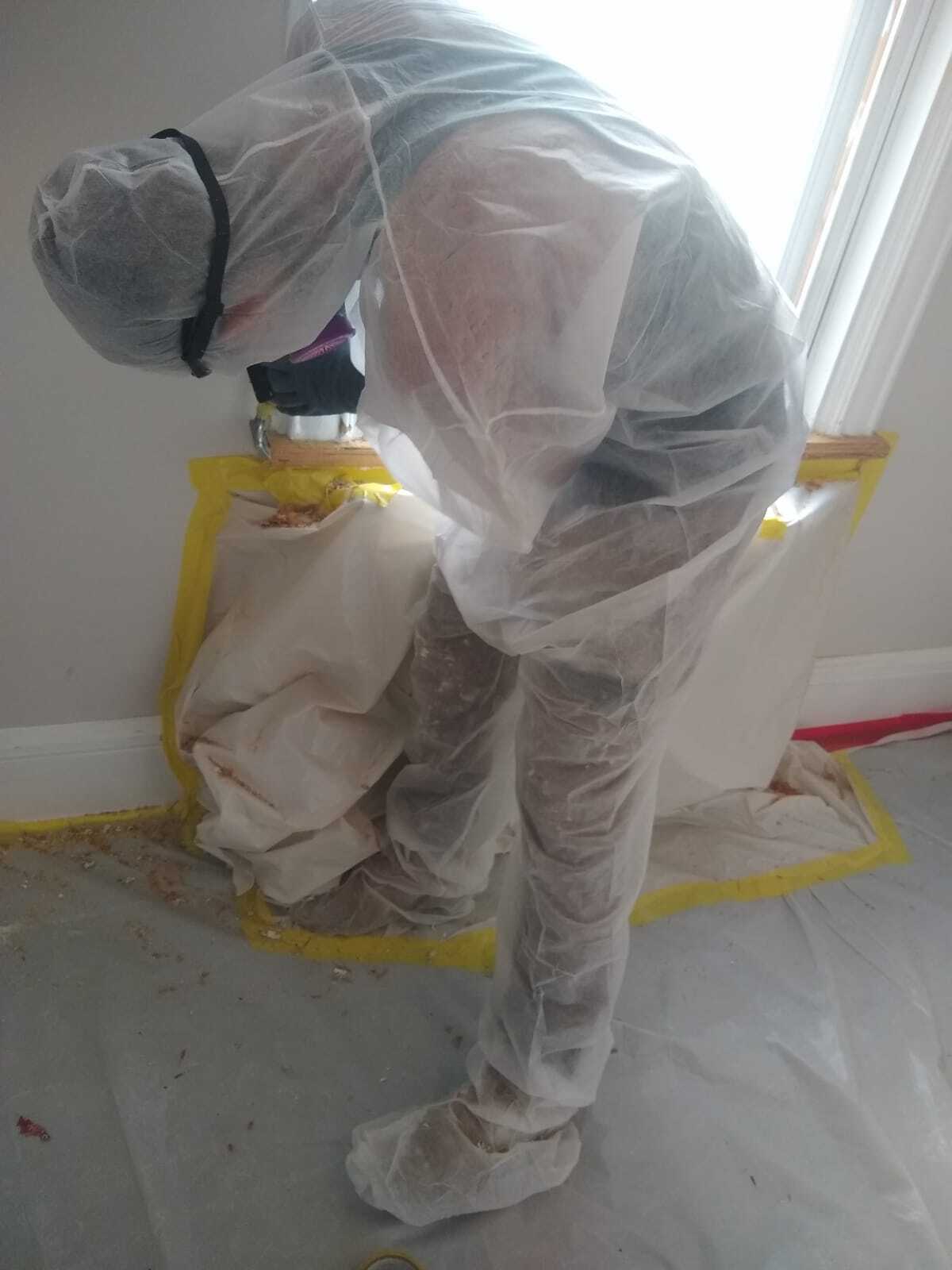Comprehensive Guide on Effective Lead Infraction Elimination Strategies
In the realm of environmental safety, resolving lead offenses demands a meticulous and structured technique. This detailed guide begins by highlighting the essential initial actions of recognizing lead threats with innovative analysis and screening techniques. The guide elaborates on the significance of adhering to stringent safety and security methods during the removal procedure, consisting of the usage of correct PPE and isolating influenced areas.
Recognizing Lead Risks
Determining lead threats is a crucial initial step in minimizing the dangers associated with lead exposure. Lead, a poisonous steel, can be existing in different environmental tools, including paint, soil, water, and dust.
The first stage in determining lead hazards entails understanding usual lead resources within the built environment. Frameworks constructed prior to 1978 are especially susceptible due to the widespread use lead-based paint throughout that duration. In addition, dirt contamination can happen from wearing away outside paint, industrial exhausts, or historic use of leaded gas.
One more substantial source is lead piping and plumbing fixtures, which can seep introduce alcohol consumption water. Customer goods such as toys, porcelains, and imported items may likewise contain hazardous lead levels. Significantly, occupational environments and leisure activities including lead can track contaminants right into homes.
Evaluation and Testing
When dealing with lead risks, effective evaluation and screening are extremely important. This vital action makes certain the identification and quantification of lead visibility, thus guiding subsequent removal efforts. Initial assessment typically includes a visual assessment to identify prospective lead resources, such as deteriorating paint or polluted dirt. This is matched by more strenuous screening approaches to establish the degree of contamination.

Dust clean tasting is one more crucial strategy, particularly in residential setups. By collecting samples from floorings, windowsills, and other surface areas, this technique offers insights into possible exposure dangers. Furthermore, dirt testing around structure perimeters is necessary to spot lead contamination that can pose hazards, particularly to youngsters.
Safe Elimination Procedures
Upon completing complete evaluation and screening, carrying out safe removal treatments is the next critical stage in dealing with lead dangers. This procedure makes sure that lead-contaminated materials are successfully and securely removed, minimizing risk to both employees and residents. The very first step includes separating the damaged Homepage area using plastic bed linen and proper securing strategies to avoid the spread of lead dirt.
Employees should wear proper personal safety equipment (PPE), including respirators, gloves, and non reusable coveralls, to minimize exposure. Using specialized tools and damp approaches, such as damp sanding or making use of HEPA-filtered vacuum cleaners, minimizes the dispersion of lead bits. It is vital to stay clear of completely dry fining sand or rough blowing up, as these approaches can produce unsafe lead dust.
Waste disposal is one more vital element; all contaminated products must be safely bagged and labeled according to EPA and regional policies. In addition, detailed cleansing of the work area with HEPA vacuums and wet cleaning ensures the removal of recurring lead particles.
Post-Removal Confirmation

Verification of successful lead removal, known as post-removal verification, is important to ensure the security and habitability of the remediated location. This procedure entails a collection of careful analyses and examinations developed to detect any kind of residual lead particles that may posture wellness dangers. The preliminary step typically consists of a visual evaluation to analyze the completion and high quality of the remediation work. This evaluation guarantees that all recognized resources of lead have been attended to and that no noticeable indications of contamination stay.
Following the visual inspection, environmental tasting is performed. useful source This involves accumulating dirt, dirt, and often water samples from the remediated location. Recognized labs examine these samples to determine lead degrees, guaranteeing they drop listed below the safety and security limits developed by governing bodies such as the Environmental Defense Agency (EPA)
Furthermore, air high quality screening might be carried out to discover air-borne lead fragments, particularly in cases where substantial lead-based paint removal or remodelling has actually happened. The results of these tests supply click over here now quantitative data confirming that the lead degrees are within permissible limitations.
Inevitably, post-removal verification works as a crucial checkpoint, verifying the efficiency of the lead abatement efforts and guarding the wellness of owners and site visitors.
Preventative Actions and Upkeep

A crucial preventive step consists of using lead-safe certified service providers for any restoration, repair work, or painting tasks. These specialists are educated in methods that decrease lead dirt and debris. In addition, maintaining painted surface areas to stay clear of cracking or peeling is necessary, as wearing away paint can launch lead fragments right into the atmosphere.
Educational campaigns targeting homeowner and lessees pertaining to the threats of lead and the significance of reporting any kind of potential dangers can additionally enhance preventative initiatives. Regular cleansing utilizing HEPA vacuums and damp wiping methods can considerably minimize lead dust build-up.
Final Thought
In recap, effective lead infraction removal demands a thorough approach incorporating extensive analysis, precise testing, and rigorous removal procedures. Making sure security via correct isolation and individual safety devices continues to be paramount. Post-removal confirmation using ecological tasting and air high quality screening confirms compliance with recognized security requirements. In addition, ongoing assessments and maintenance are crucial to reduce future lead dangers, thus guarding public wellness and guaranteeing sustained conformity with regulative needs.